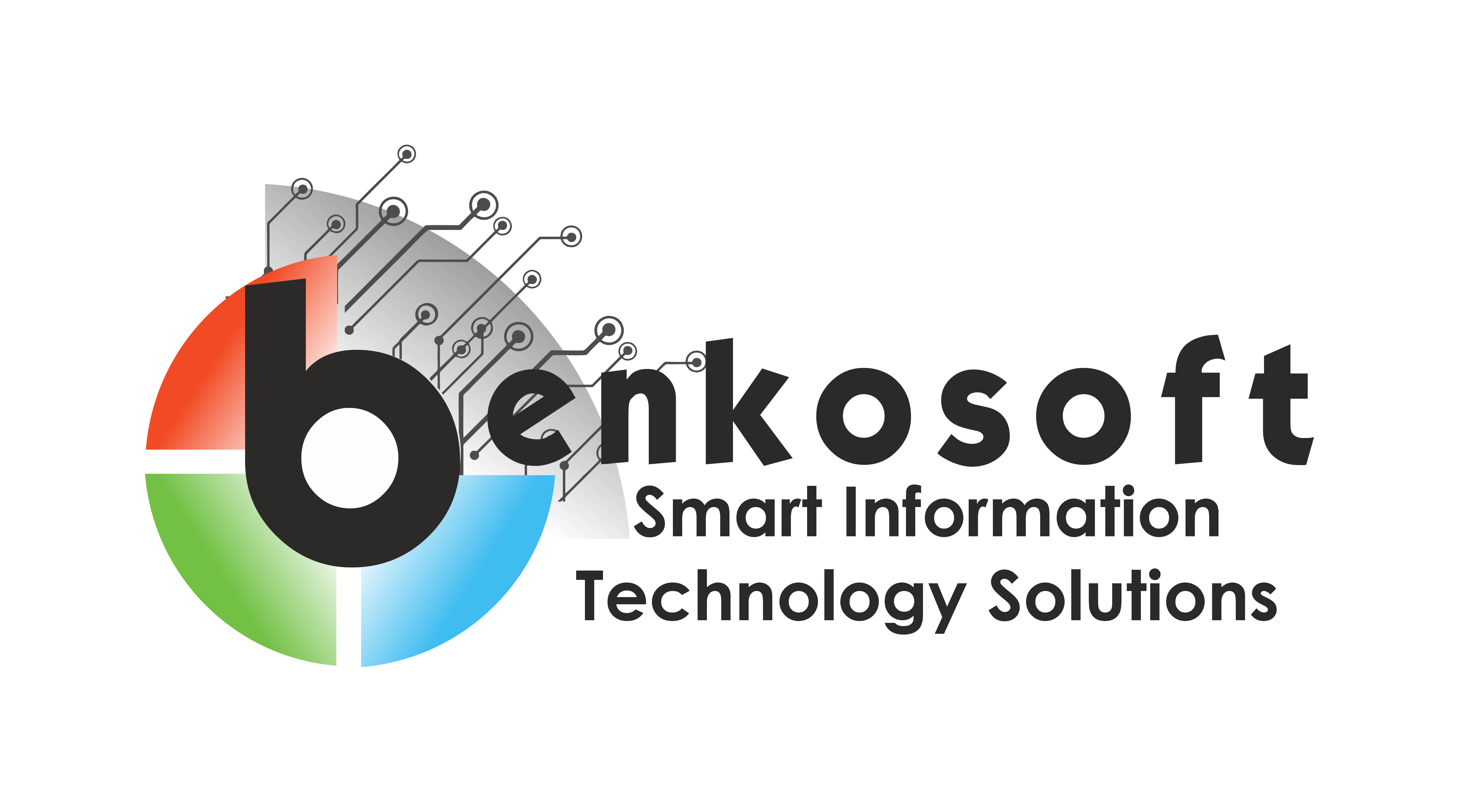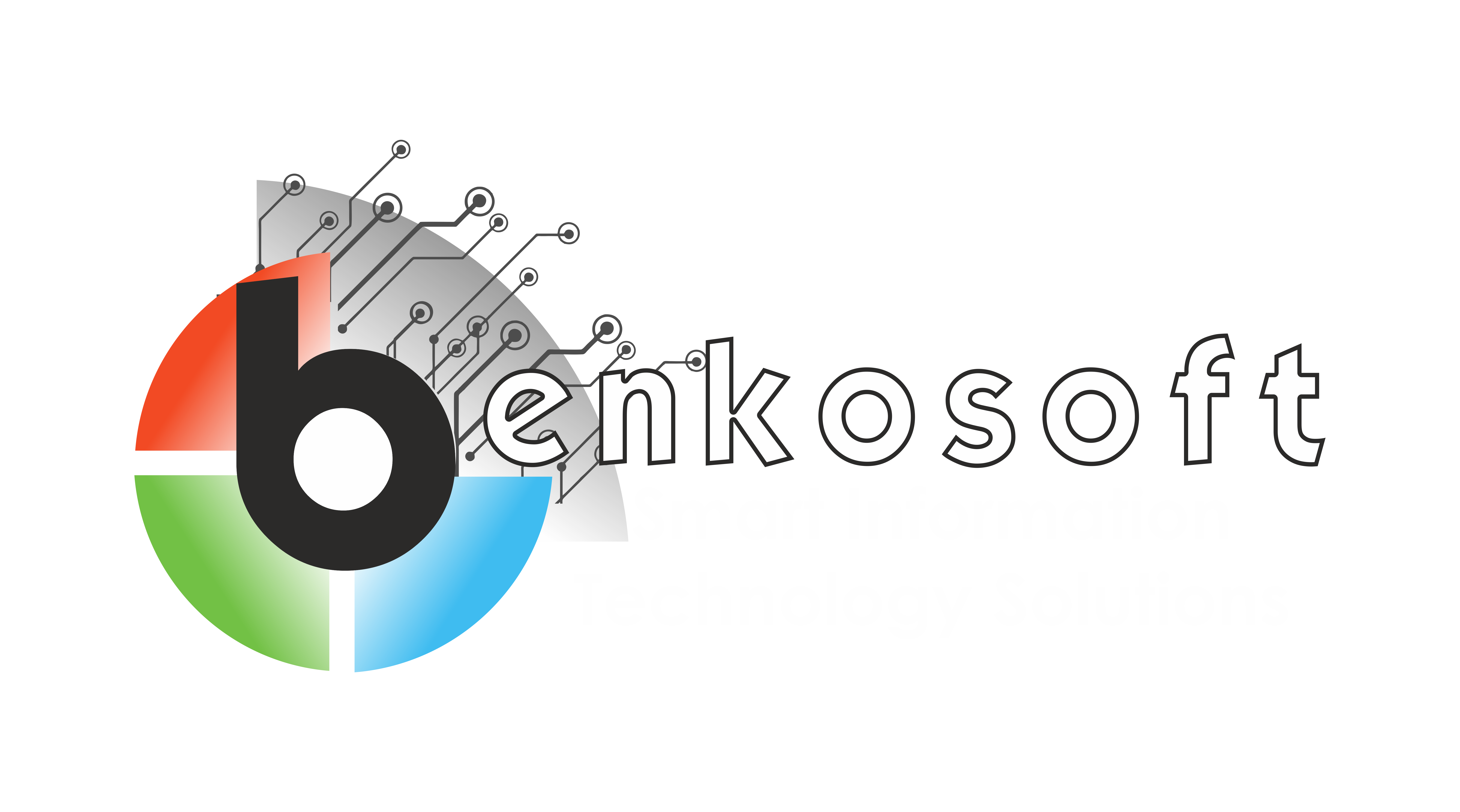Technologies
PyTorch
PyTorch is an open-source machine learning library developed by Facebook’s AI Research lab (FAIR) that is widely used for deep learning applications. It is known for its flexibility, ease of use, and dynamic computational graph, which allows for efficient model training and deployment.
One of the key features of PyTorch is its dynamic computational graph, which enables developers to define and modify computational graphs on the fly. This is in contrast to other deep learning libraries, such as TensorFlow, which use static computational graphs. The dynamic nature of PyTorch’s computational graph makes it easier to debug and experiment with different models and architectures.
PyTorch also provides a rich set of tools and libraries for building deep learning models. It includes modules for building neural networks, handling data, and optimizing models. It also provides support for GPU acceleration, which allows for faster training of models on compatible hardware.
Another key feature of PyTorch is its support for automatic differentiation. This allows developers to compute gradients automatically, which is essential for training deep learning models using techniques such as gradient descent. PyTorch’s automatic differentiation capabilities make it easier to implement complex neural network architectures and algorithms.
PyTorch is also known for its strong community support and active development. The PyTorch community is large and vibrant, with many developers contributing to the library and providing support to others. This active community ensures that PyTorch is continuously updated with new features and improvements.
Overall, PyTorch is a powerful and flexible deep learning library that is widely used in both academia and industry. Its dynamic computational graph, support for automatic differentiation, and active community make it an ideal choice for developing deep learning applications.

